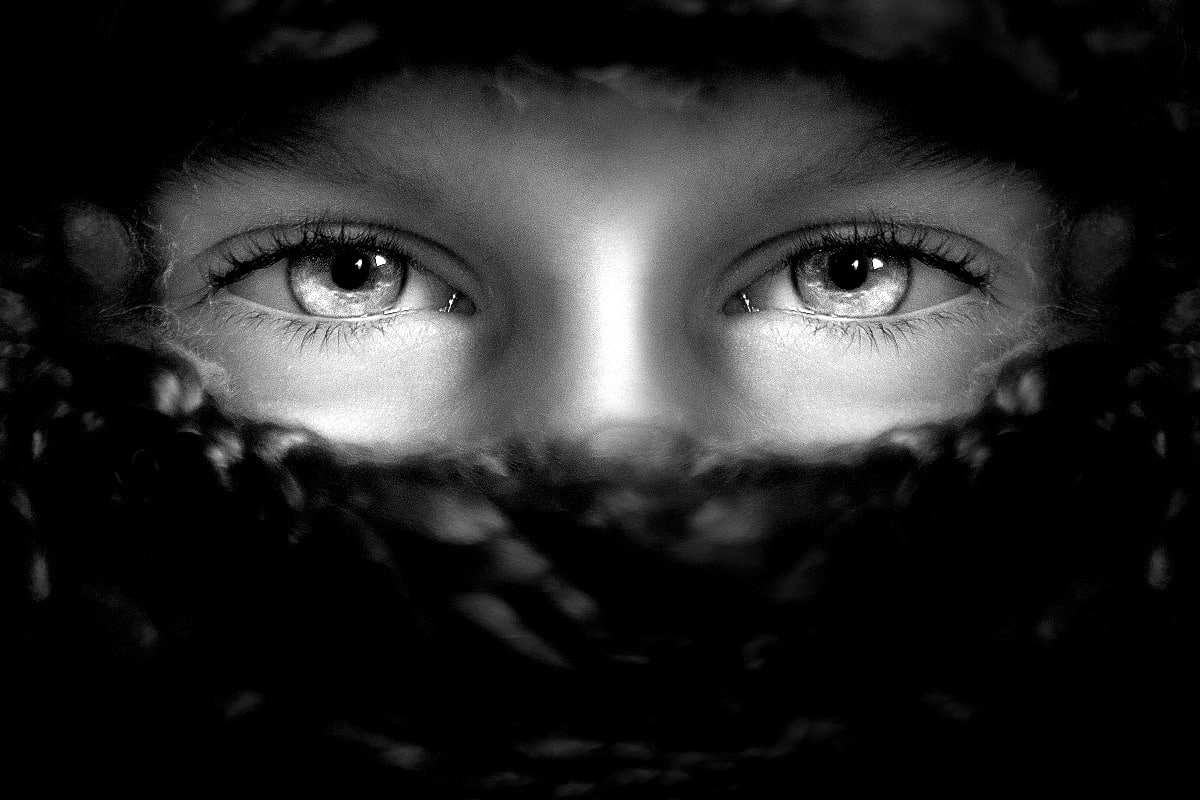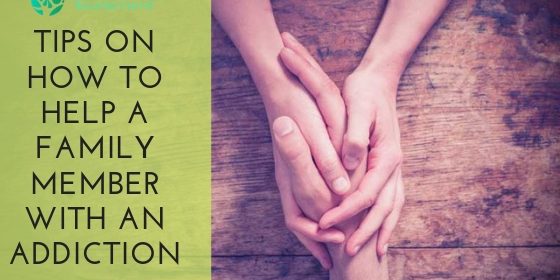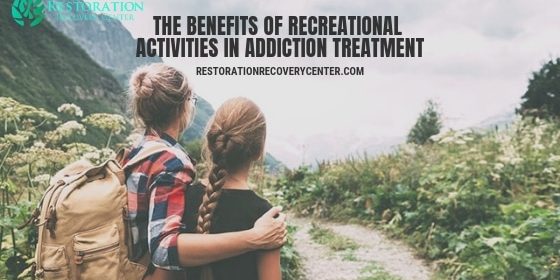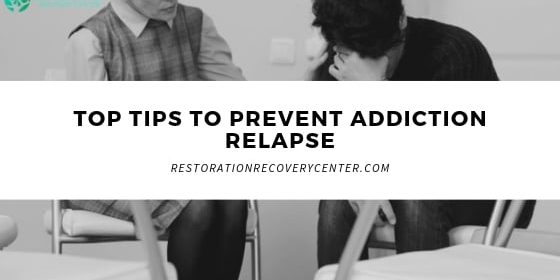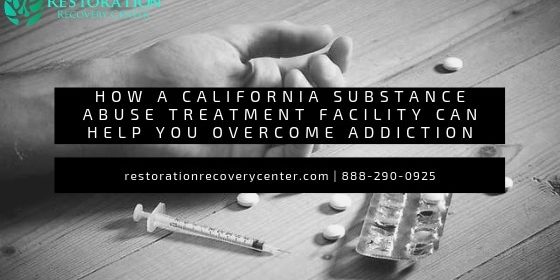What Is Brainspotting and Body Scanning?
Trauma is a common factor that contributes to substance use disorder (SUD). Most people experience some form of trauma in their lives, whether they realize it or not. Being able to reprocess trauma can help people manage other mental health symptoms. It can also help them find acceptance of their past and hope for their future. Some treatments that may help mitigate trauma symptoms include brainspotting (BSP) and body scanning meditation (BSM).
Brainspotting and Body Scanning
Mindfulness practices are used in treatments such as BSP and BSM to help people reprocess trauma and mitigate trauma symptoms. These methods are used to help people reconnect with their bodies and minds, which allows them to live in the present instead of in their traumatic memory. BSP and BSM can help people improve their psychophysiological reactions to traumatic memories and mitigate distressing symptoms.
Brainspotting
Developed in 2003 by David Grand, BSP takes techniques from both eye movement desensitization and reprocessing therapy (EMDR) and somatic experiencing to help clients reprocess trauma. The philosophy behind BSP believes that a specific eye position activates during a re-experienced traumatic memory. During a BSP session, a therapist uses a pointer to draw the client’s eyes back and forth. Unlike EMDR, BSP does not use this technique to focus on the client’s trauma. Instead, it focuses on the “brainspot” that activates the client’s traumatic memory.
BSP sessions focus on the “brainspot” by using techniques from somatic experiencing. EMDR sessions have an open dialogue between the therapist and client, whereas BSP sessions do not. Instead, during a BSP session, a client listens to recordings of acoustic BioLateral Sounds (BLS). BLS shifts between increasing and decreasing volume in the left or right ear, so one ear will always have a higher volume than the other. The combination of BLS and eye movement allows the client to focus on body sensations through the practice of mindfulness.
Body Scanning Meditation
Trauma causes stress in a person’s body and mind. The use of BSM focuses on distressing through body-centered mindfulness practices. In a BSM session, a client is guided by a recited body scan script to isolate their focus on a specific body part at a time and then shift their focus to their body as a whole.
The client will be encouraged to focus on sensations such as pain or muscle tension while relinquishing judgment by not reacting to the experience. Relinquishing judgment and being non-reactionary to experiences are essential ideas in mindfulness. This allows clients to take note of their feelings and wandering thoughts without an immediate impulsive emotional reaction. BSM and the practice of mindfulness allow clients to view their thoughts without bias.
Substance Use and Trauma
Many substance-use facilities provide trauma informed-care because of the high correlation between trauma and substance use. Learning how to manage trauma symptoms can help people mitigate their substance use symptoms too. Trauma can be defined with “the three Es” of trauma: event(s), experience of event(s), and effects.
Exposure to a traumatic event can be first or secondhand. If a person witnesses a traumatic event or hears about a traumatic experience of a close friend or family member, they can develop trauma symptoms. A traumatic event involves an extreme threat of physical or psychological harm. This can include:
- Natural disasters
- Physical or sexual violence
- Child neglect or abuse
- Psychological abuse
However, two people can be exposed to the same traumatic event, and one person can experience it as traumatic while another person may not. This has to do with how the person processes the event and prescribes meaning to it. A traumatic experience is processed in a way that disrupts the individual’s psychological or physical well-being. It usually involves feelings of guilt, shame, humiliation, and betrayal.
The effects of an experienced traumatic event can be long-lasting. They may occur without the person realizing the relationship between their thoughts, emotions, or behaviors to the traumatic event. Effects of experienced trauma may include difficulties with managing stress, relationships, cognitive processes, and behaviors. Some people become reliant on substances as a way to cope with the effects of an experienced traumatic event. However, self-medication and numbing emotions with substances will only lead to a temporary relief of anguish. In the long term, substance use can actually worsen symptoms of substance use disorder (SUD).
Post-Traumatic Stress Disorder
People with experienced trauma don’t always develop post-traumatic stress disorder (PTSD). To be diagnosed with PTSD, you must experience chronic PTSD symptoms, including:
- One or more re-experiencing symptoms: flashbacks, bad dreams, frightening thoughts
- One or more avoidance symptoms: avoiding places, events, objects, thoughts, or feelings that are related to the traumatic experience
- Two or more arousal/reactivity symptoms: easily startled, feeling on edge, difficulties sleeping, angry outbursts
- Two or more cognition/mood symptoms: trouble with remembering important parts of the traumatic event, negative thoughts about yourself or the world, blame, guilt, and loss of interest in enjoyable activities
These symptoms must last more than a month and be severe enough to interfere with your daily life for a PTSD diagnosis.
Is Brainspotting or Body Scanning Right for Me?
There are many different types of treatments to help people with substance use and trauma. However, you won’t know if brainspotting or body scanning works for you until you try it. Usually, SUD and trauma are treated with various combinations of treatments, which might include medication, cognitive-behavioral therapy (CBT), or motivational interviewing.
Trauma symptoms are common for people with substance use disorder. Addressing these symptoms through trauma-focused approaches can help you mitigate your symptoms. Restoration Recovery Centers offer a variety of treatments that can help you reprocess your trauma. Some of these treatments include brainspotting and body scanning. Our mental health professionals recognize you as the complex person you are and are eager to work with you to find a treatment plan that works for you. We are here to help you take the first steps in your recovery. If you or someone you know is struggling with substance use disorder, call Restoration Recovery at (888) 290-0925 today and learn how we can help.

